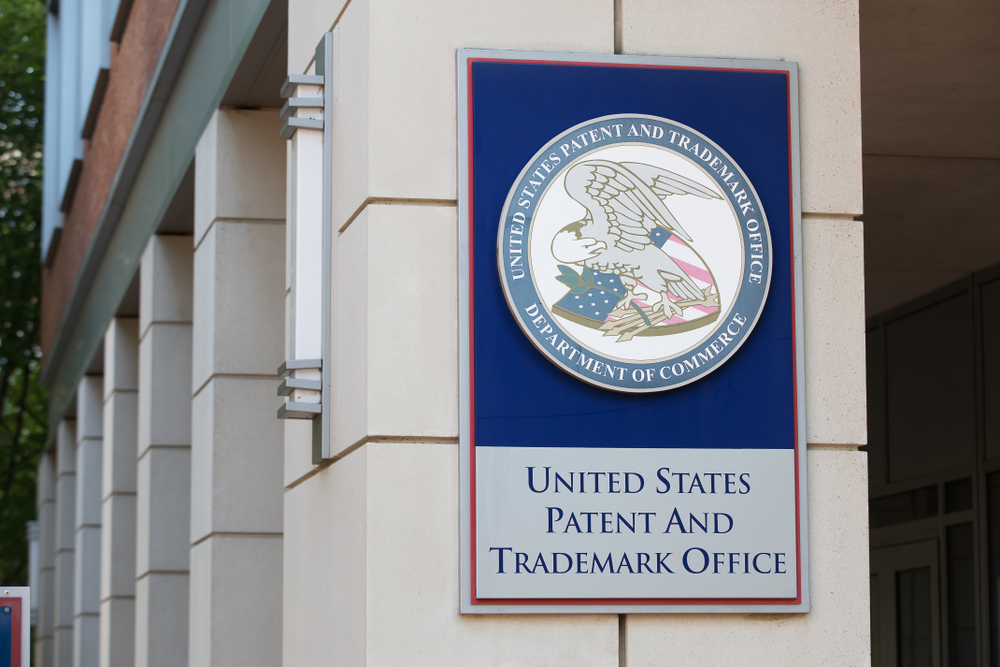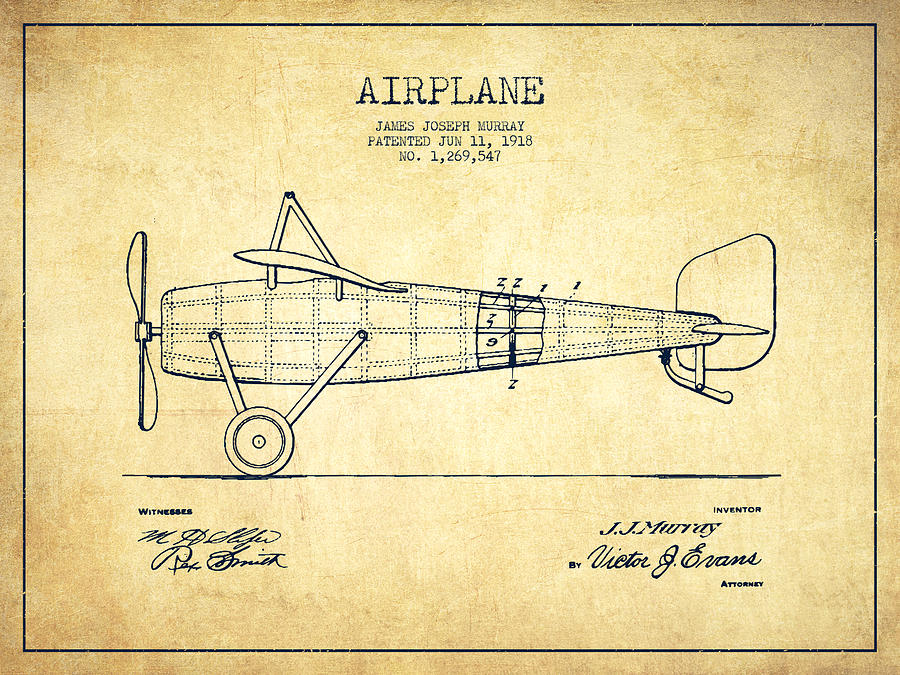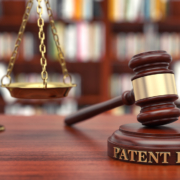The Patent Process: A Timeline
So you’ve brought something new and wonderful into this world. At first reading, you may think we’re referring to the magic of parenthood, but we’re actually talking about a different kind of creation (though you might consider it your “baby”). For some, it’s a formula or for others, it’s a design or even a whole new invention, the likes of which the world has never seen. Regardless, your hard work and research have finally paid off so give yourself a pat on the back. You’ve done all you’ve set out to do… now what? Well, to protect the intellectual property of your creation, you’ll need to patent it (if your invention isn’t patentable, there may be other IP protection available). Unfortunately, unlike the excitement that comes with inventing, the patenting process is a bit arduous. To help you out, here are some general time estimates for the patent process:
Disclaimer: FactoryInventionland.com is not a law firm and does not provide patent services or other legal services. The information being presented is factual in nature and is not offered as, nor may it be taken as, legal advice. Any legal questions should be directed to a competent patent attorney or patent agent.

Step 1: Patent Searching (15 minutes to several weeks)
This first step involves searching for other patents, products or information in existence that may be similar to yours. While a search isn’t required to submit an application, it is an important step. This way, when you apply, you’ll be sure to avoid claiming features that already exist. You can do this yourself; however, if you’re not experienced at performing patent searches, you may want to work with a patent attorney/agent. If working with a patent attorney/agent, the time can vary depending on the case, but typically can be done in a manner of weeks.
Step 2: What kind of patent?
This step involves simply making sure you’re aware of what type of patent to file for. This way you’re filling out the proper paperwork. There are three types of categories to consider:
1) Utility, Design, or Plant Patent?
a) Utility Patent: A utility patent may be granted to anyone who invents or discovers any new or useful process, machine, composition of matter, article of manufacture, or any new useful improvement thereof.
b) Design Patent: A design patent may be granted to anyone who invents a new, original, or ornamental design for an article of manufacture.
c) Plant Patent: A plant patent may be granted to anyone who discovers or invents and asexually reproduces any distinct and new variety of plant.

Step 3: Drafting a Patent Application (Several weeks to several months)
Once you’ve done your research and figured out what type of patent you’ll be applying for, it’s time for the next step- apply! At this stage, you’ll be required to put together the patent application. If you complete an application yourself, the process would simply be as long as it takes you to form a draft without errors. But again, if you lack experience, a patent attorney/agent is strongly recommended. Similarly to the patent search stage, an attorney/agent could take anywhere between several weeks to several months complete the application. This depends on the type of patent, the volume of work, and information provided by the client. At the very least, you should have a patent attorney/agent review your work.
If your invention needs a Utility Patent, you’ll have to decide whether to file a Provisional or Non-provisional application.
a) Provisional: a quick, informal and less-expensive application process. This applicant is not examined by the USPTO and is only valid for a year. That time allows an applicant to seek funding or test the marketability of the invention before incurring the added expense of a non-provisional application.
b) Non-provisional: Only a non-provisional application can lead to the issuance of a patent. The process of filing one is a lot longer and more expensive than a Provisional form.

Step 4: File to Acceptance (7 months to 23.9 months)
At this point, your patent will have a ‘Patent Pending’ status. Don’t get too excited when you see 7 months up there, though. Typically the only cases where a patent is approved within a 7 month period is if it’s what’s called a Track One, which just means it’s prioritized. This can only apply to plant or utility applications and has different requirements, including a much larger fee than a normal non-provisional patent application.
Per the USPTO, the current estimated time for review from a Patent Examiner (or First Office Action) is 15.7 months (or 1.7 months for Track One) and the average wait to actually get a final determination (notice of allowance or final rejection) is 23.9 months. A provisional application is not examined and gives the applicant one year from that date to file for a non-provisional patent.
The non-provisional patent application process is lengthy because, at any given time, the USPTO has hundreds of thousands of patent applications to process. For example, in 2015, 629,647 applications were filed. Compare this to the mere 7,966 Patent Examiners working as of 2014.

Airplane Patent
We know this process can be overwhelming for some, and, for anyone feeling a little out of their depth, a patent attorney/agent can be very helpful. Our patent attorney, David DeMay, empathizes with those who get overwhelmed with the process, stating, “It certainly can be overwhelming, particularly if you are unfamiliar with government bureaucracy. There are numerous federal statutes and regulations that need to be followed and failing to follow proper procedure can have negative effects on the individual’s rights. That is why the USPTO requires every patent attorney/agent to pass the Patent Bar Exam before they are permitted to represent another individual in patent matters.”
Overall, there’s no one size fits all timeline for the patent process. It’s kind of like ordering from your favorite Etsy shop, the delivery timeline is just a rough estimate. Sometimes you’re pleasantly surprised, and other times you’re left waiting longer than you bargained for. The keys to getting through the process are to take your time, be detailed/thorough, and most of all – be patient. If you’re able to do all of this then, eventually, your invention or creation will legally be yours.

